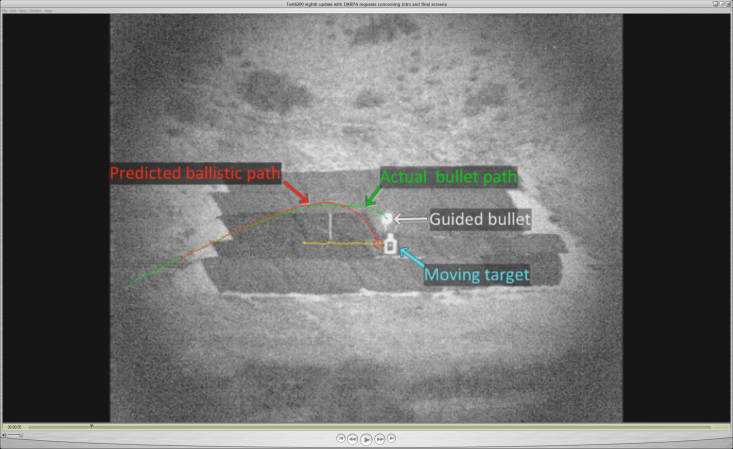

In Tom Clancy’s book (and, later, the 1990 film) The Hunt For Red October, a Soviet submarine debuts a revolutionary, ultra-quiet engine that uses pumpjets and electrical propulsion technology to elude its foes. Chinese state media has reported that the nation is fitting its newest nuclear sub with an engine that sounds a lot like Clancy’s imaginings in the real world.

This month, Chinese state TV channel CCTV 13 broadcast an interview with a top Chinese naval engineer, Rear Admiral Ma Weiming. The admiral is notably responsible for the development of multiple Chinese naval electromagnetic programs, including the electromagnetic catapult and railguns. In the interview, he stated that the PLAN is fitting its newest nuclear attack submarines with a “shaftless” rim-driven pumpjet, a revolutionary and silent propulsion system.

If the system is being put on the latest vessels, it is likely to be used on the first Type 095 nuclear attack submarine (SSN), which is under construction.

A rim-driven pumpjet has a ring-shaped electrical motor inside the pumpjet shroud, which turns the vane rotor (a vane rotor has the fan blades attached to a rotating band built on a cylinder interior, as opposed to a propeller shaft) inside the pumpjet cavity to create thrust. Previous submarine pumpjets are “shrouded propellers,” which consist of a tubular nozzle covering the propeller. By removing the shaft of the propeller, the reduction in the number of moving parts decreases the noise made by the pumpjet, as well as saving hull space. Civilian manufacturers also claim that rim driven pumpjets are easier to maintain, and have less cavitation (bubbles that form during propeller movement), making them even more quiet.

Also in the video background was a large piece of electrical machinery, which is part of the PLAN’s Integrated Electrical Propulsion System (IEPS). IEPS turns all the output of the ship’s engine into electricity, unlike traditional propulsion designs, which convert engine and reactor output into mechanical action to turn the propeller shaft.
The high electrical output can be used to power motors for the propellers or potentially high-energy weapons. Additionally, IEPS has far fewer moving parts, making them quieter, and thus ideal for use on submarines. When coupled with quieter reactors like the Type 095’s reported natural circulation reactor, the rim-driven pumpjet and IEPS can drastically reduce the acoustic signature of any SSN.
This combination, if it works, would be a significant gain for China’s naval power. As China has gained in surface fleet numbers, stealthy planes, and longer-ranged missiles able to target U.S. carriers and air bases, America’s submarine force has become viewed as its key advantage in any comparison. In turn, Chinese nuclear submarines have lagged behind competitors in their noisiness. Said another way, these innovations have the potential to strengthen a historic weakness.
The reporting is significant for two more reasons. First, it illustrates the new openness in Chinese state media to discuss the technology behind previously secretive nuclear submarines, suggesting a greater confidence in showing off new military technology in order to impress domestic and foreign audiences.
Secondly, if the system works, the Chinese may have stolen a march on the Americans and British, whose Columbia and Dreadnought nuclear ballistic missile submarine (SSBN) have the option for rim-drive pumpjets, but will not enter service until 2030. While the system would be on China’s attack submarine, Chinese SSBNs could also use the rim-drive pumpjet to enhance their stealth and survivability—and, by extension, the credibility of China’s second strike nuclear capability. These new submarine propulsion systems may not just power China’s submarines of the future, but give Beijing a true superpower’s underwater armada.














